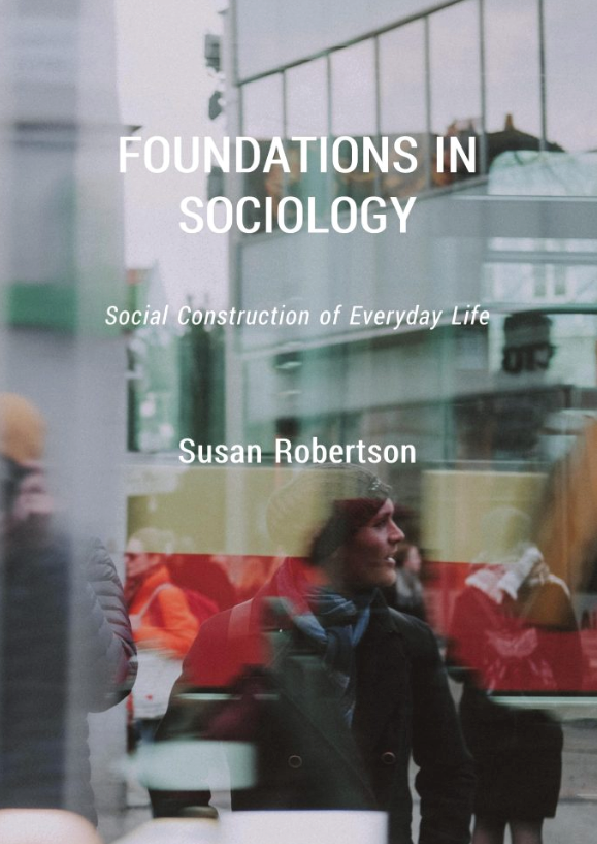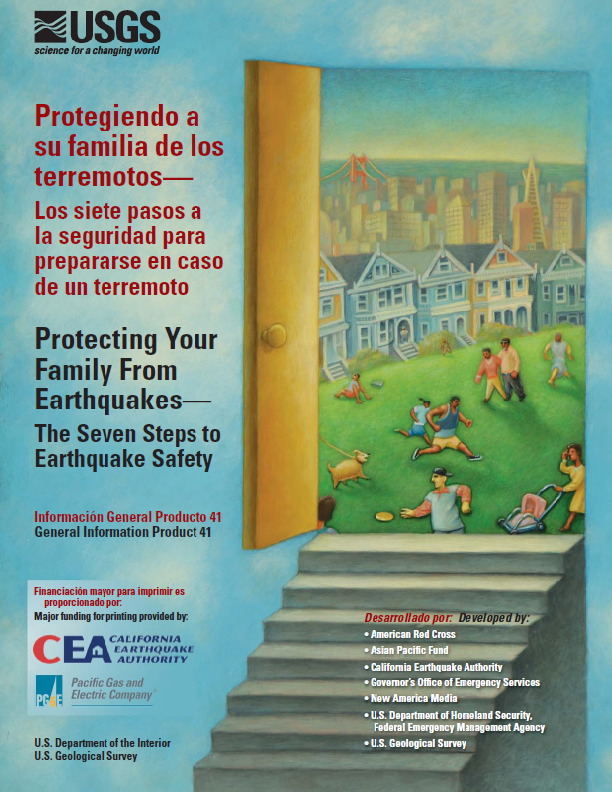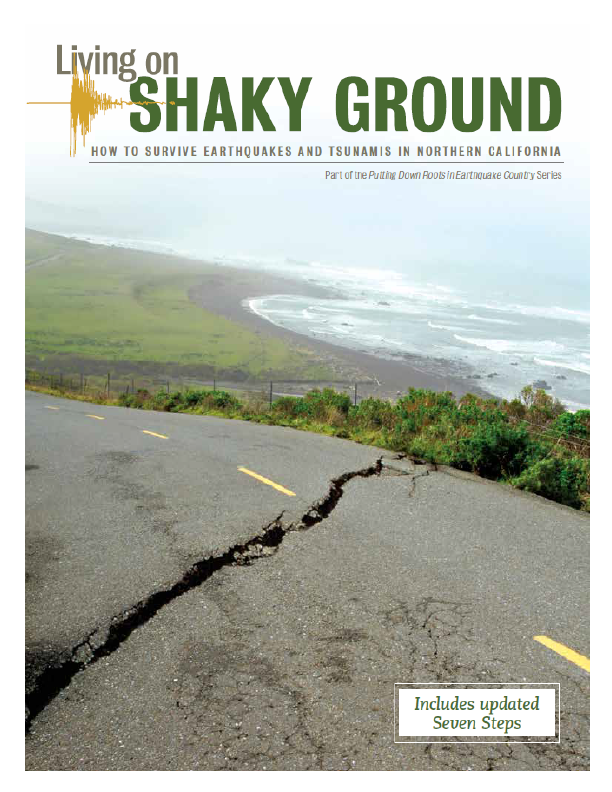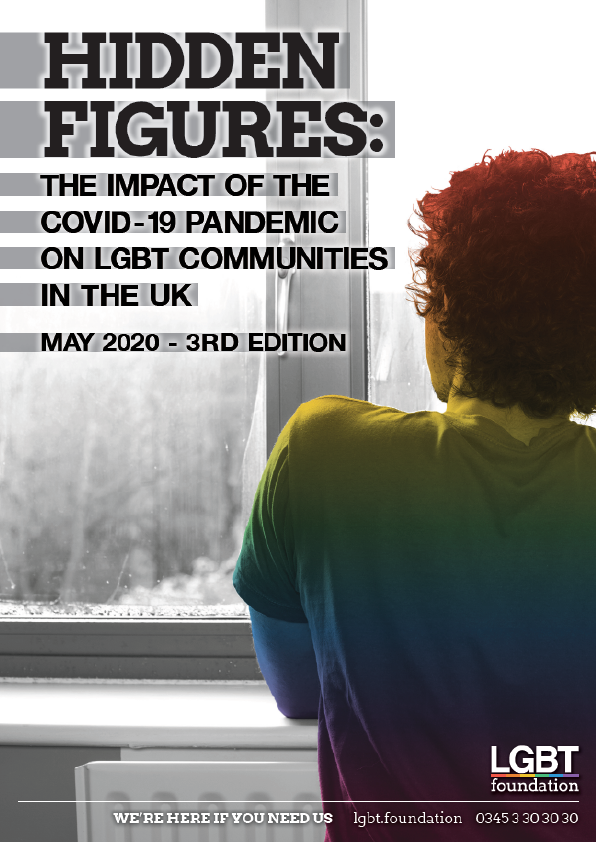A dictionary defines sociology as the systematic study of society and social interaction. The word “sociology” is derived from the Latin word socius (companion) and the Greek word logos (speech or reason), which together mean “reasoned speech or discourse about companionship”. How can the experience of companionship or togetherness be put into words or explained? While this is a starting point for the discipline, sociology is actually much more complex. It uses many different theories and methods to study a wide range of subject matter, and applies these studies to the real world. The qualities of the real world that sociologists study is elaborated more fully in Module One.
Society and Culture: Micro, Meso, Macro and Global Perspectives
Sociologists study all aspects and levels of society. A society is a group of people whose members interact, reside in a definable area, and share a culture. A culture includes the group’s shared practices, values, beliefs, norms, and artifacts. One sociologist might analyze video of people from different societies as they carry on everyday conversations to study the rules of polite conversation from different world cultures. Another sociologist might interview a representative sample of people to see how email and instant messaging have changed the way organizations are run. Yet another sociologist might study how migration determined the way in which language spread and changed over time. A fourth sociologist might study the history of international agencies like the United Nations or the International Monetary Fund to examine how the globe became divided into a First World and a Third World after the end of the colonial era.
These examples illustrate the ways in which society and culture can be studied at different levels of analysis, from the detailed study of face-to-face interactions to the examination of large-scale historical processes affecting entire civilizations. It is common to divide these levels of analysis into different gradations based on the scale of interaction involved: micro, meso, macro and global. In Sociology 112.3, students are introduced to a selection of theories, methods and research of those sociologists who focus on the micro and meso levels of analysis. In Sociology 111.3, emphasis is placed on the macro and global levels of analysis. however, it is assumed that the macro and global levels of reality provide the broader context for the dynamics of the everyday reality that is being examined.
At the micro-level of analysis, the focus is on the social dynamics of face-to-face interaction: How are specific individuals in specific locations able to interact in a coherent and consistent manner? For example, how is a conversation possible? How do you know when it is your turn to speak or when someone has been speaking too long?
At the meso-level of analysis, the focus shifts to the characteristics of specific networks, groups, and organizations (i.e., collectivities). The meso-level refers to the connection, interaction and ongoing coordination of numerous different social roles simultaneously. When we speak of a school, for example, we need to move beyond the analysis of single face-to-face interactions–interactions in a single setting where participants are co-present–to examine the combined interactions and relationships between students, parents, teachers, and administrators. At this level, we ask, how do the properties of different types of social collectivity affect or alter the behaviour of individuals? Why does an individual’s behaviour change when they are in a collectivity? How do collectivities constrain or enable their members to act in certain ways? What is it about collectivities that entice people to conform? In these meso-level examples we are still talking about specific, identifiable individuals–albeit not necessarily in direct face-to-face situations–but take into account the complex entwinement of their lives to account for their behaviour.











